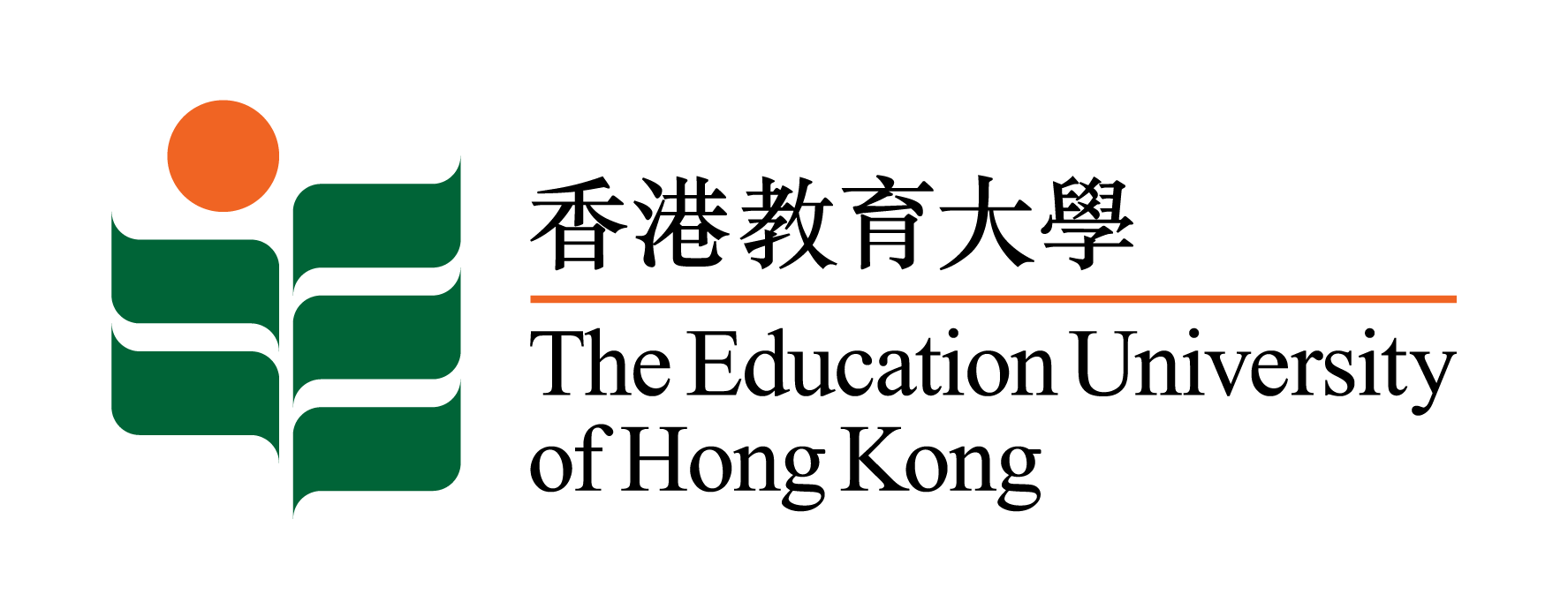Abstract:
An e-portfolio is typically a collection of work or ‘artifacts’ selected by a student to: showcase his or her abilities; provide evidence that learning has occurred; evidence that learning outcomes have been met.
In addition to these artifacts or ‘evidence of learning’ there is often an element of reflection on the tasks reported. The most attractive feature of an e-portfolio is the high student involvement in putting together the contents of an e-portfolio, often through discussion or negotiation with teacher. The portfolio provides a more rounded and reliable assessment of learning achieved than written examinations or essay assignments alone. Because of the ownership of the portfolio by the student, each portfolio is individual and unique. The proposed TDG will try to develop an e-portfolio of collecting student works (such as literature, results, and final report write-up), teacher’s e-comments, peer online evaluation, and student self-evaluation. The rubrics of evaluating e-portfolio are two folds. The first is the assessment of generic rubrics, this will be evaluated in 7 generic areas, such as problem solving, critical and reflective thinking, creative and innovative thinking, ethical understanding and decision making, effective communication, social interaction, and global and multi-cultural perspective. The second fold is the assessment of specific rubrics set from the course outline (CILOs – Course Intended Learning Outcomes) and student interest. Students are asked to set their own rubric for assessing their learning. All assessments are evaluated by students themselves and teacher. All assessments are kept and plotted with a graph to show student learning process throughout the course. Student can understand their learni
Code:
T0098
Principal Project Supervisors:
Subjects:
Start Date:
01 Sep 2011
End Date:
30 Sep 2012
Status:
Completed
Result:
Most of the objectives have been achieved. All audio recordings have been transcribed into qualitative data and input into Nvivo file. The quantitative data was collected and finished the data analysis. An academic paper will be written up leading to a journal publication.
Paper has been presented in the International Conference – The Future of Education in Florence and published in the conference proceedings.
Impact:
An e-portfolio of collecting student works (such as literature, results, and final report write-up), teacher’s e-comments, peer online evaluation, and student self-evaluation were well-received by the students. Students could receive an immediate teachers’ feedback and comments of their project proposal via e-portfolio. Teachers delivered the information, like relevant literature of their topics, comments on their research methods, and guidelines of running the SPSS effectively though e-portfolio also.
An additional and unexpected outcome is part of e-portfolio idea was adopted in the course of EPC4149 School Guidance and Counselling which was not proposed in the original proposal. However, both students and teachers of EPC4149 have given a very good comment on using e-portfolio to evaluate their teacher and learning.
Deliverables:
Books / Book Chapters / Journal Articles / Conference Papers
Leung, C. H. (2012). Developing and evaluating e-portfolio for the final year project (FYP). Conference Proceedings of the International Conference - The Future of Education (2nd Conference Edition). Florence, Italy: Simonelli Editore. https://repository.eduhk.hk/en/publications/68aa8207-7ca9-4411-9258-4cba...
Leung, C. H. (2012). A full report of “Developing and evaluating e-portfolio for the final year project (FYP)” The Hong Kong Institute of Education.https://repository.eduhk.hk/en/publications/43dec6dd-6a91-4443-af39-1421...
Financial Year:
2010-11
Type:
TDG
